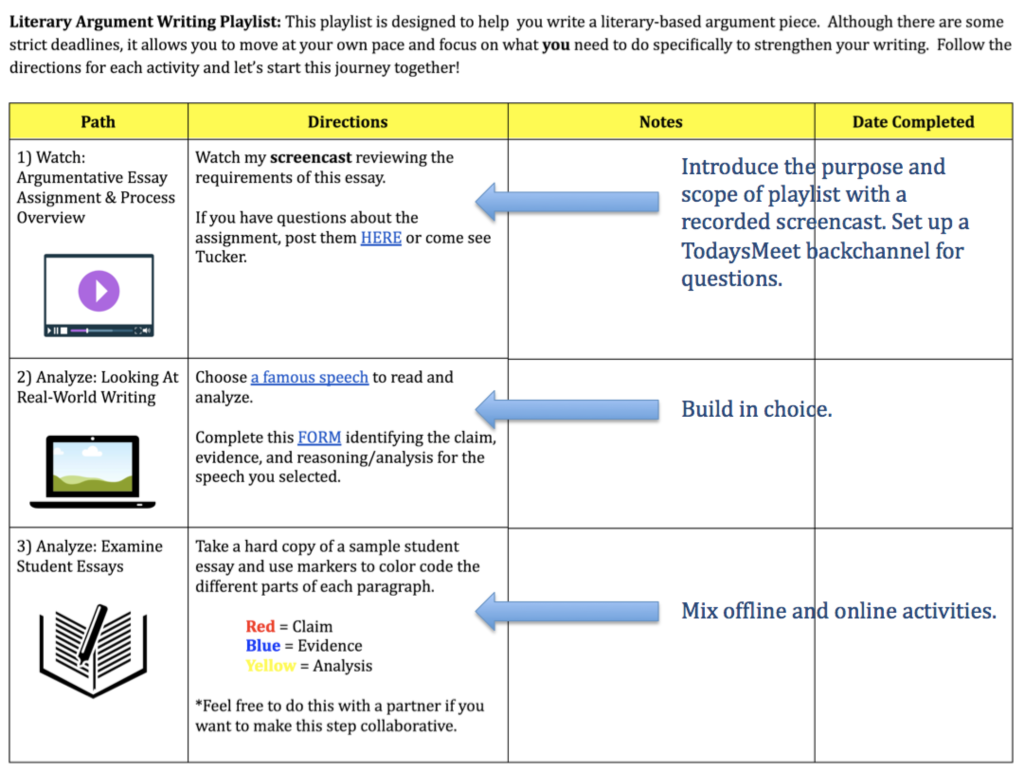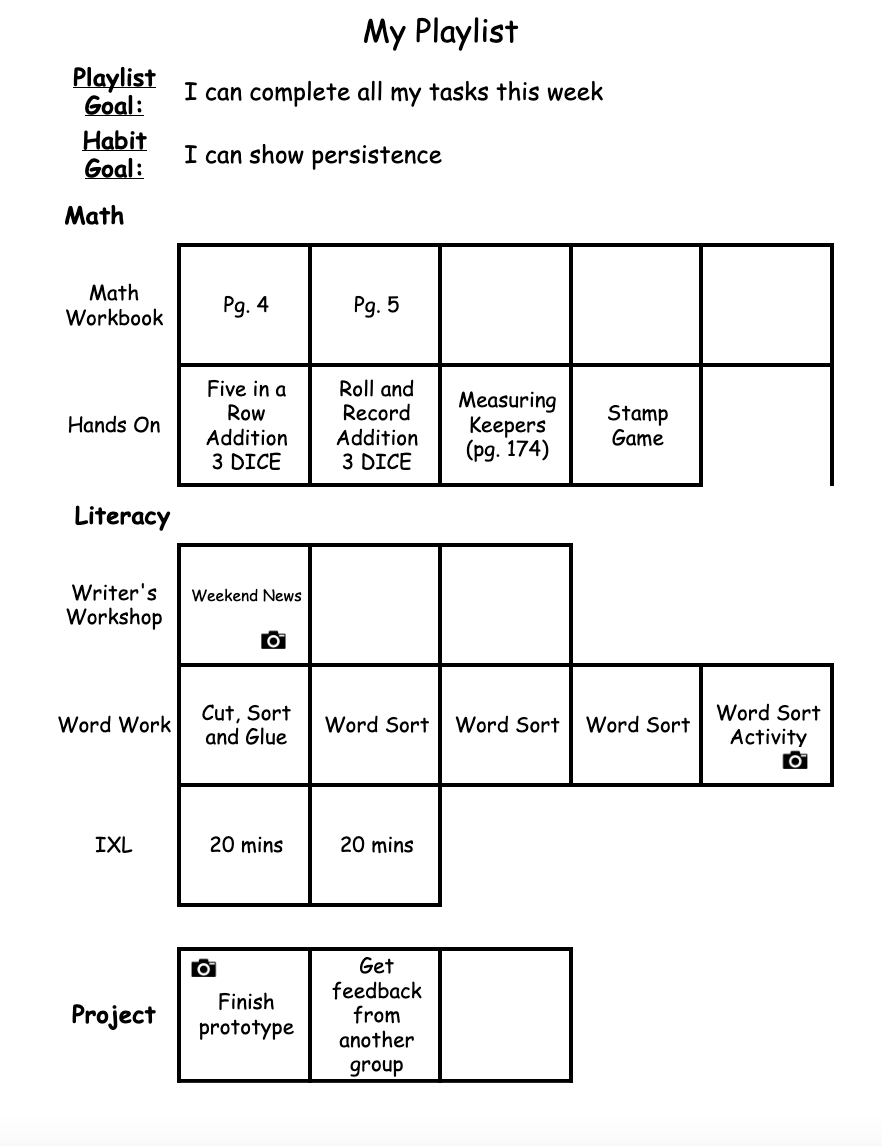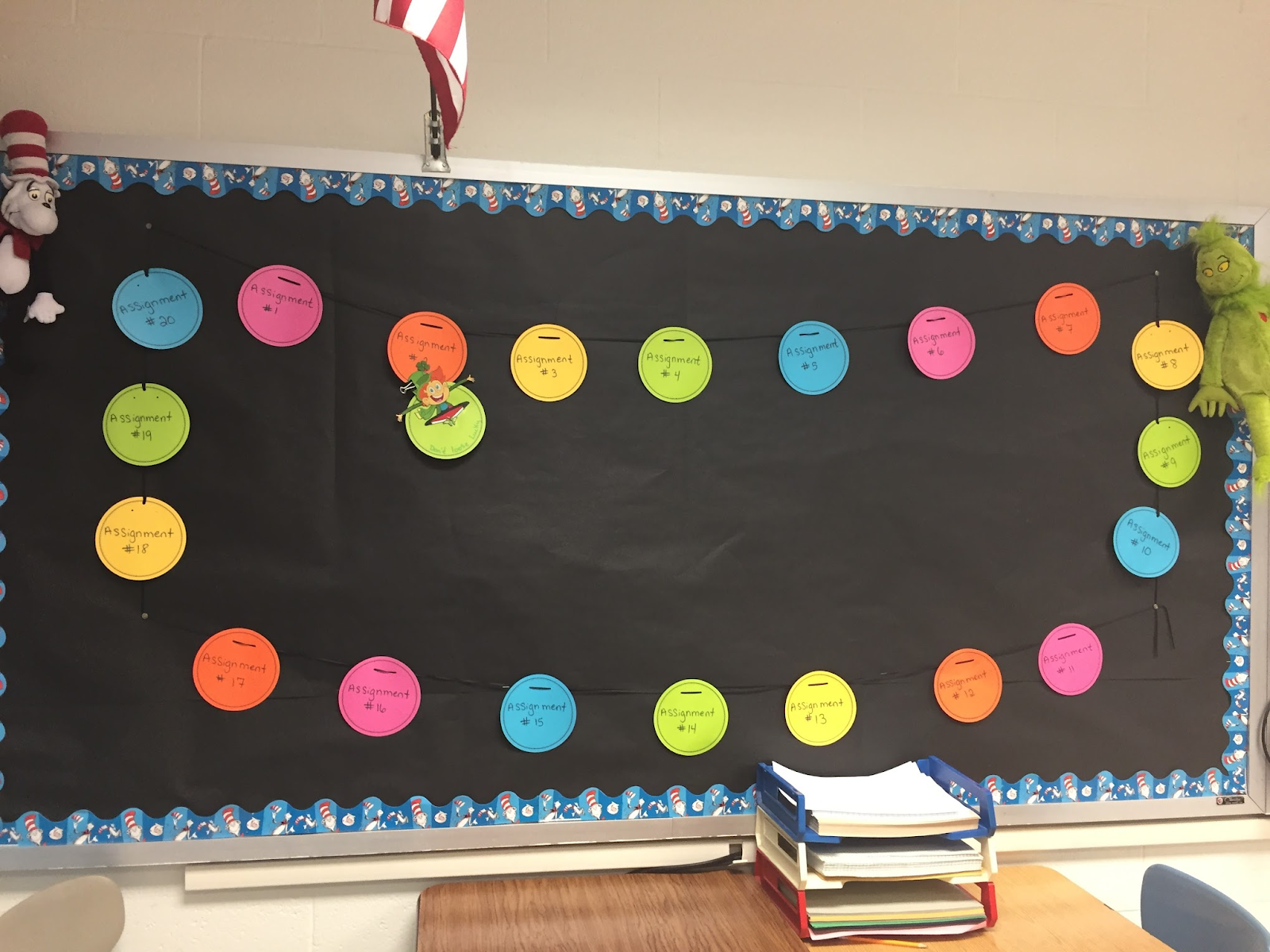Create Playlists for Learners
A learning playlist is a sequence of resources and activities designed for students to work through at their own pace in order to achieve the desired learning objectives. Playlists can be used to structure an entire class or just a lesson or unit. Playlists scaffold learners from an introduction to practicing the new knowledge or skill and finally demonstrating it in some way, with a check or approval from the teacher or a peer before moving on. Like choice boards, they can include must dos and may dos and should incorporate choices for learners.
Bright Spots
Gain inspiration from authentic examples of this strategy shared by teachers who have used them with their learners.
Creating your own Bright Spots? Let’s get them out into the world! Share yours here.





 Source:
Source: